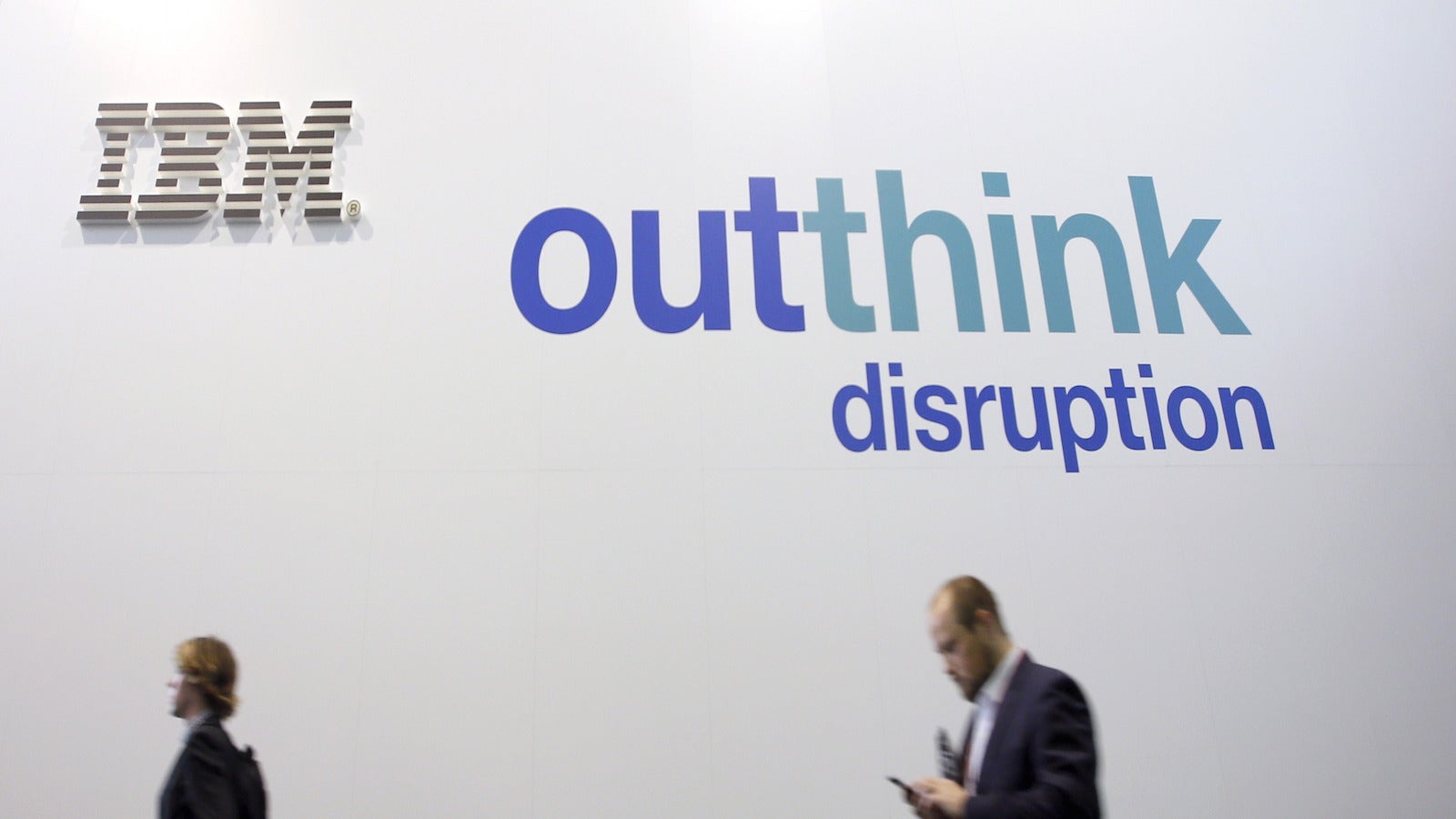IBM is betting big on blockchain
Large businesses (especially those in financial services) have been trying to figure out how they can tap into the blockchain, the technology underpinning the bitcoin cryptocurrency. They’re intrigued by the possibilities of a transparent and cheap ledger system capable of creating an immutable record of transactions and monitoring sensitive data, like health records. But keeping that type of record secure—especially if it’s housed in the cloud—is a major concern. With an announcement on Friday, IBM is trying to get ahead of those questions.


Large businesses (especially those in financial services) have been trying to figure out how they can tap into the blockchain, the technology underpinning the bitcoin cryptocurrency. They’re intrigued by the possibilities of a transparent and cheap ledger system capable of creating an immutable record of transactions and monitoring sensitive data, like health records. But keeping that type of record secure—especially if it’s housed in the cloud—is a major concern. With an announcement on Friday, IBM is trying to get ahead of those questions.
Big Blue announced the launch of new blockchain services that run on its cloud and Docker, which lets developers test and launch applications. The hope is that this reduces the time it takes to get a blockchain service up and running—but IBM is also hoping it brings flocks of blockchain developers to its cloud. “With this announcement, we’re looking to rev the engine on mass distribution,” explained IBM’s VP of blockchain technology Jerry Cuomo in an interview.
A key piece of its new services is a framework for how companies should approach security when it comes to running a blockchain network in the cloud. In the financial services industry, regulations and data privacy concerns are major impediments to mainstream blockchain adoption, says Cuomo. By outlining IBM’s strategy for protecting blockchains, the firm hopes industry groups will follow.
Today’s news could help IBM get a leg up on other tech giants, like Microsoft, that are offering cloud-based blockchain services.
Over the past few months, IBM has shown it wants to be a player in the technology’s future. It invested in a $60 million funding round for Digital Asset Holdings (DAH)—a leading blockchain startup that’s run by Blythe Masters, the former head of global commodities at JPMorgan Chase. In February, it joined the Linux Foundation’s open source Hyperledger Project—alongside JPMorgan, and Cisco—and contributed over 44,000 lines of code to develop an open source blockchain service. The project is exploring different ways of using the technology in the financial system, like trading loans, as well as outside of banking such as fantasy sports, counterfeit drug detection, connecting Internet of Things devices, and music publishing.